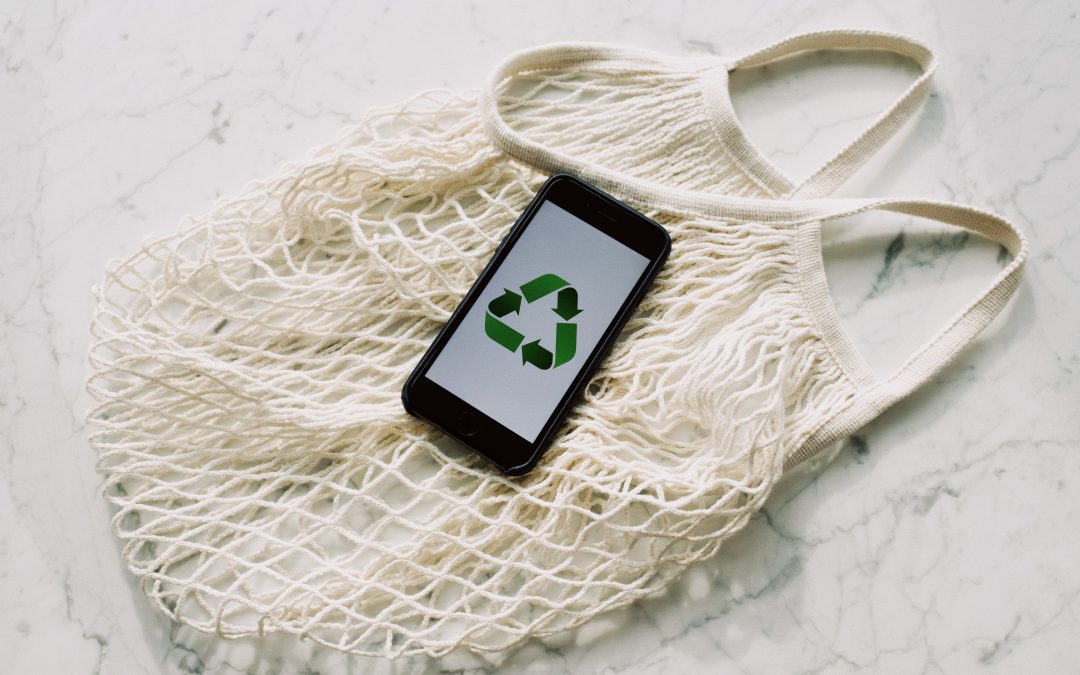Did you know that a wardrobe makeover and even garment production is one of the greatest sources of wastage ranking as high as 25 percent and only one percent of this is recycled. It’s not surprising then, that this is turning out to be an environmental hazard also. In the aftermath of the pandemic there’s a critical need to restructure processes, from manufacturing to consumption. The conversation has changed from the freewheeling kind about fashion weeks and fads, to meaningful dialogue over sustainability and the perils of mass-production. Presently, the fashion industry is moving towards conscious consumerism and a growing phenomenon of upcycling and resulting in new career choices.
The data on environmental waste caused by garment production is quite alarming. Research indicates 25-40 percent of the fabric used in garment production is unexploited, even though at least 50 percent can be reused to create a new clothing line. It is predicted that by 2050, the waste generation will rise to 3.4 billion tonnes each year. Back home, Delhi generates the highest waste followed by Chennai.
The process of upcycling involves redesigning used fashion garments or waste materials to create new ones. In simple words, it’s transforming something old into something new, it involves creatively repurposing a wearable piece of clothing, accessories, or home goods giving loved items a second life. Several fashion brands have started using upcycling as a key method to curb fashion waste. Designers today are adapting the “mix-match” approach to get rid of the deadstock piling up in their factories. They are combining unwanted textiles, scraps, and loose fabrics to create masterpieces for the “conscious consumers.”
Upcycling creates more value. Apart from offering a fresh and often funky look, upcycling adds to sustainability, it enables designers, and creators to tackle the major issues in the fashion industry by reducing environmental and social impact. On the career front, it offers Bio Engineers & textile Chemist (Sustainable material production), data scientist and many others.
Five strong Indian Enterprises that are upcycling and recycling plastic into colored fabric – Trash to Treasure, Alcis Sports, Ecokaari, Polycycle and RawCycle by RAW Pressery which turn into final products like clothes, bags and more. Most plastics are collected from FMCG brands like PepsiCo and Bisleri to make fibres and fabrics. One of the leading high-quality sportswear at affordable prices is Alcis Sports, which is India’s largest sportswear manufacturing and exporting brand that offers sustainable product line.
Learning from India’s ancient take on upcycling, dates to traditional textile techniques embroidery techniques like kantha where fabric gets layered to create something special. Such techniques from Ancient India’s Bibliography offers a new perspective on modern take of sustainability and upcycling.
Recently an International label Ssone repurposed deadstock and waste textiles into a capsule collection using the kantha method. Statistically, 94.17 percent of mechanical recycling, 0.83 percent chemical recycling and 5 percent energy recovery and alternate use are the common recycling technologies adopted by manufacturers in India.
But upcycling also comes with its own set of problems. To begin with, it is not easy to alter the production chain that has been operating since the 18th century in the linear and capitalist system. Designers do face a shortage of funds while adapting the upcycling approach and the consumers still feel that if a product is upcycled, it should be cheaper. The truth, however, is the opposite. Upcycling is a much step-oriented process where the leftovers are first segregated fabric-wise, then washed, then put together with other pieces to see what goes well, and finally put together to create a new piece. The process involves a lot of thought process and creativity to create something unique and meaningful.
As the pressure to adopt sustainable practices increases, brands and retailers are finding ways to introduce upcycling. For instance, Urban Outfitters has its very own upcycling spin-off called Urban Renewal, which uses surplus materials or deadstock and transforms it into fashionable clothing. Similarly, ASOS has a ‘Reclaimed’ line that’s influenced by classic shapes, style icons and old-school street brands and Zara is reselling clothes by upcycling them.
Many high-end fashion labels are now working towards implementing sustainable business practices. For instance, Louis Vuitton and Givenchy have already received Positive Luxury’s mark of approval. Also, more and more generic fashion companies are using repurposed fashion items to organize their inventories. A renowned Indian brand, Good Earth also recently launched its new collection called ‘Katran’ which is made using fabric waste. Since upcycling is considered a greener version of recycling, upcycled apparel is now considered more attractive because they are reborn into high-value-added products by applying creativity. The number of brands motivated by upcycling only increases and goes beyond the clothing segment, including shoes, accessories, and jewellery joining the game. Upcycled Fashion for New-Age Consumers. The lockdown saga has turned Gen Z towards DIY. Many have started upcycling their clothes to achieve an instant wardrobe refresh. This is not only limited to the wardrobe but also homey things to add a new character, and the plus point, it is easy on the pocket.
By Fibin Vishnu Raj
Department Leader, Pearl Academy
References
https://www.revibe-upcycling.com/blog/news/upcycling-the-hottest-trend-in-fashion
https://onlinelibrary.wiley.com/doi/full/10.1002/jsc.2523
https://medium.com/modefica-global/how-upcycling-is-challenging-the-fashion-industrys-
old-methods-f2a015e3be46
https://fashionandtextiles.springeropen.com/articles/10.1186/s40691-021-00262-9
https://goodonyou.eco/how-ethical-is-nike/












